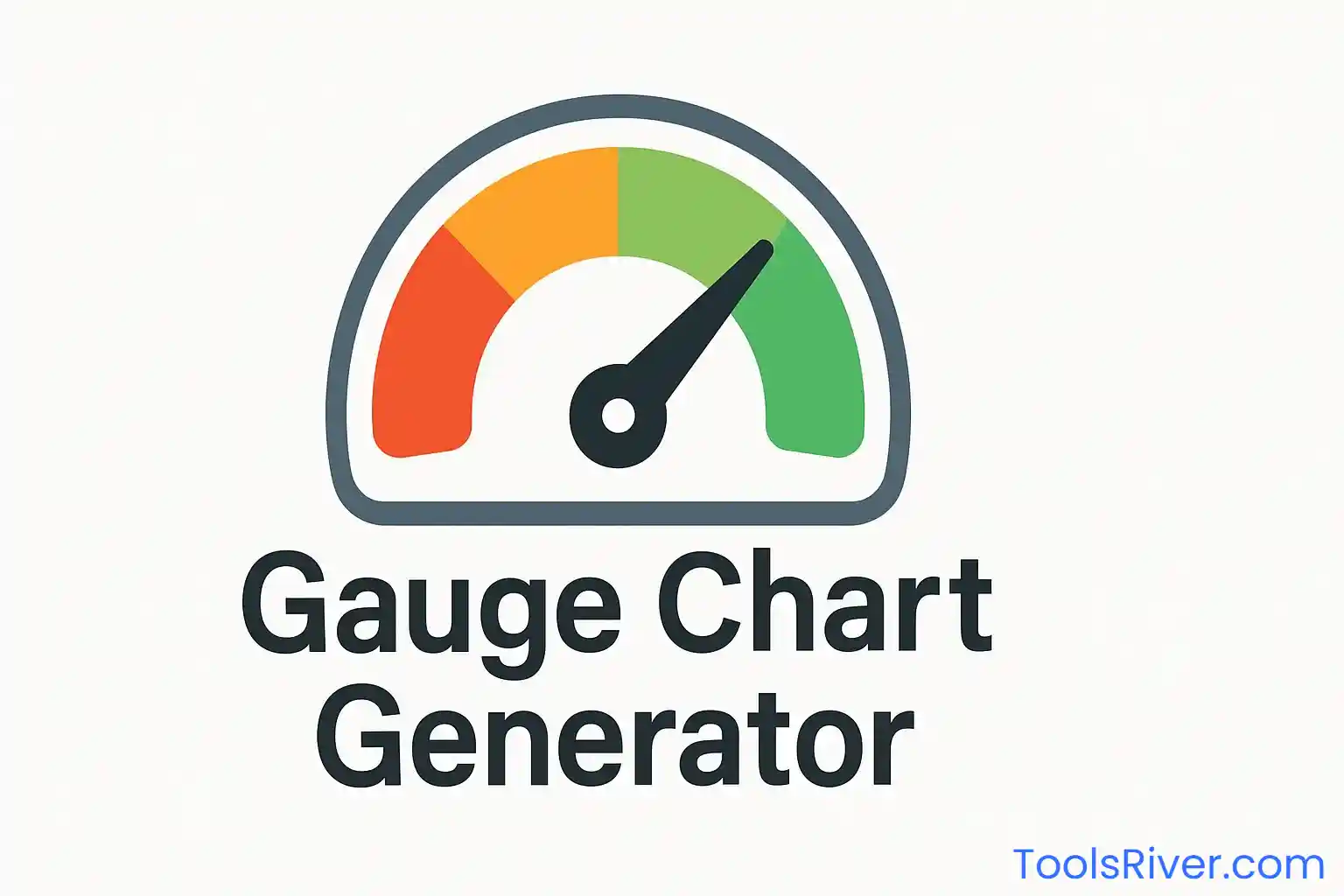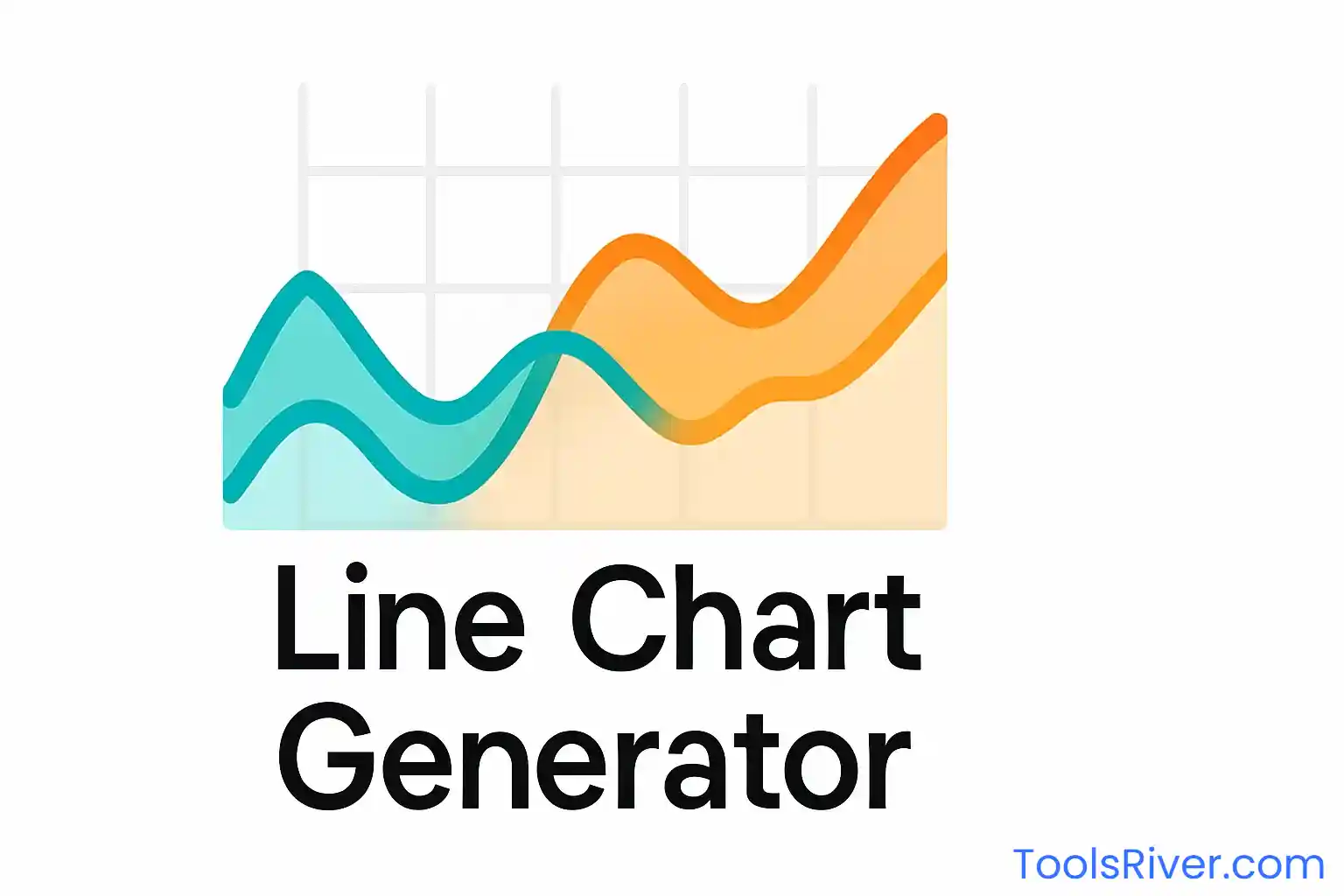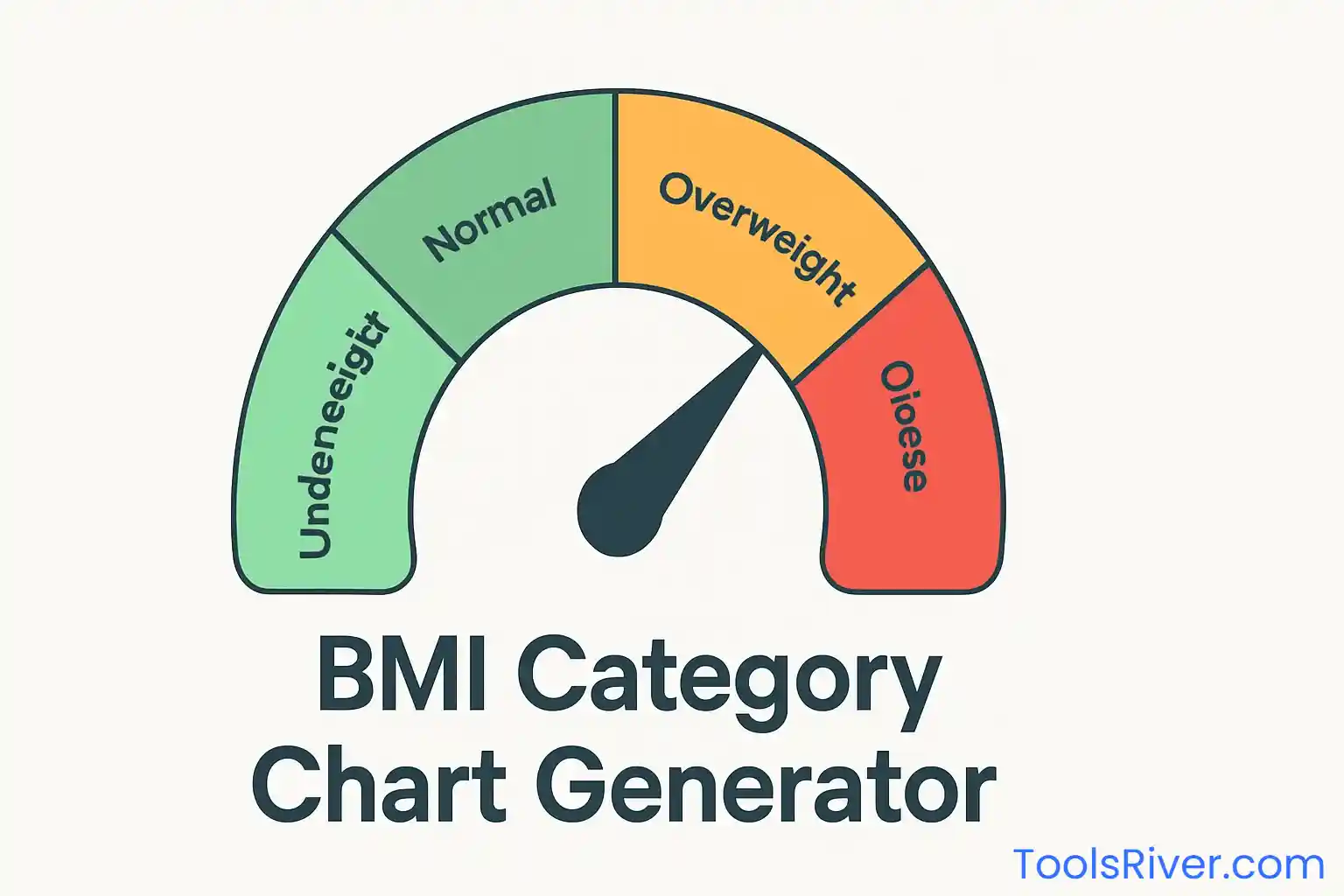Professional Histogram Generator
Create stunning histograms for frequency distribution analysis, statistical visualization, and data exploration with professional styling.
Chart Configuration
Professional Histogram Generator - Master Frequency Distribution and Statistical Analysis
Discover the analytical power of histogram visualization with our comprehensive online generator designed for frequency distribution analysis, data exploration, and statistical pattern identification. Histograms represent one of the most fundamental and insightful statistical visualization tools for understanding data distribution, central tendencies, and variability patterns. Our advanced generator combines intuitive design with sophisticated statistical calculations to create publication-ready visualizations that reveal the underlying structure and characteristics of your numerical data.
Unlike basic charting tools, our histogram generator provides dynamic, intelligent binning algorithms that automatically optimize bin counts and ranges for maximum analytical insight. Whether you're analyzing test scores, measurement data, sales figures, response times, or any numerical dataset, our tool delivers professional-quality results that enhance your statistical analysis and presentation impact while maintaining the highest standards of mathematical accuracy.
Advanced Statistical Features and Intelligent Analysis
Our histogram generator incorporates cutting-edge statistical analysis capabilities that transform raw data into comprehensive distribution insights. The intelligent binning algorithm automatically determines optimal bin counts using established statistical methods including Sturges' rule and the square root choice, ensuring that your histograms reveal meaningful patterns without over-smoothing or under-representing the data structure. This automated optimization eliminates guesswork while providing manual override options for specialized analytical requirements.
Real-time statistical calculations provide immediate insights into data characteristics including mean, standard deviation, range, and sample size. These integrated statistics help users quickly identify distribution properties such as skewness, central tendency, and spread, enabling rapid assessment of data quality and distribution normality. The mean line overlay provides visual reference for central tendency, making it easy to assess whether the distribution is symmetric or skewed.
The flexible data input system accommodates various data formats and sources, automatically parsing comma-separated values, space-delimited lists, and line-separated entries. This versatility supports diverse workflow requirements, from manual data entry to copy-paste operations from spreadsheets and statistical software packages. Data validation systems ensure accuracy while providing helpful feedback for formatting optimization.
Scientific and Educational Applications
Histograms excel in numerous academic and professional contexts where understanding data distribution is crucial for hypothesis testing and decision-making. In scientific research, they're fundamental for displaying experimental results, measurement distributions, error analysis, and quality control assessments. Researchers across disciplines from biology to physics rely on histograms to demonstrate data normality, identify outliers, and communicate distribution characteristics to both technical and general audiences.
Educational institutions leverage histograms for teaching statistical concepts, analyzing student performance data, and presenting research findings. Statistics instructors use them to demonstrate normal distributions, central limit theorem applications, and sampling distribution properties. The visual clarity of histograms makes abstract statistical concepts tangible and understandable for students at all levels.
Quality control and process improvement initiatives employ histograms extensively to analyze process variation, capability studies, and product specifications. Manufacturing organizations use them to assess process stability, identify special causes of variation, and demonstrate compliance with quality standards. These applications help optimize processes and improve overall product quality and consistency.
Business analytics applications utilize histograms for customer behavior analysis, sales performance distribution, response time analysis, and market research interpretation. Marketing professionals use them to understand customer demographics, analyze survey responses, and identify patterns in consumer behavior that inform strategic decision-making and campaign optimization.
Statistical Accuracy and Mathematical Rigor
Our histogram generator maintains the highest standards of statistical accuracy while remaining accessible to users without advanced statistical training. The binning algorithms implement industry-standard methodologies that ensure optimal representation of data distribution characteristics. The automatic bin count selection follows established statistical principles while providing manual options for specialized analytical requirements.
Statistical calculations utilize precise mathematical formulas for mean, standard deviation, and range determination, ensuring that all displayed statistics maintain academic and professional credibility. The algorithms handle edge cases and data anomalies gracefully while providing appropriate warnings for potential issues such as insufficient sample sizes or extreme outliers.
Data validation and preprocessing systems ensure that input values are appropriate for histogram analysis while providing guidance for data preparation and cleaning. The tool automatically handles common data format variations while alerting users to potential problems that might affect analytical accuracy or interpretation.
Professional Design and Presentation Excellence
Visual design in histogram creation extends beyond aesthetics to directly impact statistical interpretation and analytical accuracy. Our generator incorporates professional design principles including optimal bar spacing for clarity, appropriate axis scaling for accurate representation, and intelligent labeling that supports rather than obscures data interpretation. The color schemes are carefully selected to ensure accessibility while maintaining visual appeal across different presentation contexts.
Axis labeling and scaling algorithms automatically optimize chart presentation for maximum clarity and analytical insight. The intelligent scaling ensures that distribution patterns are clearly visible while maintaining proportional relationships that accurately represent the underlying data structure. Grid line positioning and density are optimized to support data reading without creating visual clutter.
Export functionality maintains full statistical integrity while providing format options suitable for academic publications, business presentations, and digital distribution. High-resolution output ensures that histograms remain clear and readable across different presentation contexts and viewing distances, making them suitable for everything from detailed reports to large-format poster presentations.
Interactive Analysis and Educational Support
Beyond static visualization, our histogram generator supports interactive analysis that enables deeper data exploration and statistical learning. The real-time updating system allows users to experiment with different bin counts and immediately observe how changes affect distribution visualization, supporting iterative analysis and educational exploration of statistical concepts.
The integrated statistics panel provides continuous analytical feedback that helps users understand not just what patterns exist, but also their statistical significance and practical implications. This educational approach combines visual pattern recognition with quantitative analysis to provide comprehensive insights that support both learning and professional analysis.
The flexible bin count options enable users to explore the impact of different granularity levels on distribution interpretation, demonstrating important statistical principles about data resolution and pattern identification. This interactive capability transforms static charts into dynamic learning tools that support both introductory statistical education and advanced analytical exploration.
Frequently Asked Questions
We recommend using the "Auto" setting, which applies statistical rules to determine optimal bin count. Generally, too few bins hide important patterns, while too many create noise. For most datasets, 10-20 bins work well. Start with auto, then experiment with manual settings if you need to highlight specific patterns or match analysis requirements.
The mean line shows the average value of your dataset and helps assess distribution symmetry. If the peak of your histogram is near the mean line, your data is roughly symmetric. If the peak is to the left or right of the mean, your data is skewed. This visual reference helps quickly identify distribution characteristics.
Enter numerical values separated by commas, spaces, or new lines. The tool automatically parses various formats. Ensure all values are numbers - remove any text, currency symbols, or percentages. For best results, include at least 20-30 data points to create meaningful distribution patterns.
Histogram shapes reveal important data characteristics: bell-shaped indicates normal distribution, skewed left or right shows bias, multiple peaks suggest mixed populations, and uniform shape indicates equal probability across ranges. These patterns help identify data quality issues, population characteristics, and appropriate statistical methods.
Outliers appear as isolated bars far from the main distribution. First, verify they're accurate data entries. If correct, consider whether they represent important exceptions or measurement errors. You can create separate histograms with and without outliers to understand their impact on the distribution pattern and statistics.











